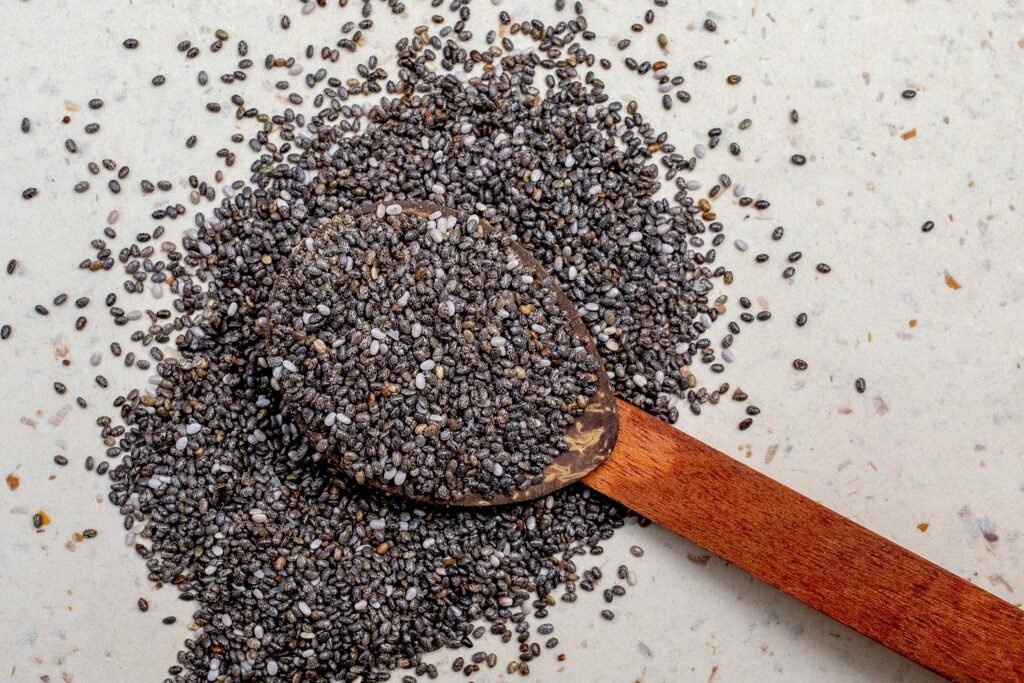Spinach (Spinacia oleracea L.), an annual plant, is a green, leafy vegetable that can be grown in both spring and autumn. The nutritional value of fresh spinach, with 91% of moisture content, shows between 0.4% and 0.6% lipid content, around 2.9% protein content, and contains good levels of essential amino acids, except sulphurous amino acids (methionine) and tryptophan. Although the carbohydrate content is very low (2%–10%), the fibre content is high (2.2%).
There are numerous health benefits associated with the consumption of spinach and these are attributed to its lipid-lowering properties and cardiovascular protection, ant obesity effects, hypoglycaemic activity, anti-inflammatory effects, anticancer properties, neuronal protection, animalcular degeneration, among others. Fresh spinach is attributed antioxidant properties because it contains a large amount of phenolic or flavonoid compounds, chlorophylls, ferulic acid and caffeic acid, quercetin, patuletin, spinacetin, and jaceidin, and acridine, which are mainly found in the leaves, with maximum levels in the summer.
Phytoconstituents of Spinach & their health benefits
The nutritional and medicinal benefits of vegetables provide a better support for human wellbeing. There are several edible vegetables which are used in day-to-day kitchen in different forms. The usages of green leafy vegetables are limited to a specific geographical location. The study screened for phytochemicals and determined antibacterial activities of Spinacia oleracea which is one of the most important vegetables used in Nigeria. The presence of phytochemicals including phitobatamin, saponins, phenol, tannins, glycosides, flavonoids, steroids, terpenes and cardenolides (lutein, zeaxanthin, and β-carotene) were determined in the Spinacia oleracea. The extract of Spinacia oleracea exhibits the presence of phitobatamin in aqueous extract but absent in ethanol and ethyl acetate crude extracts.
Phytochemicals and bioactives of spinach that promote health beyond basic nutrition. Spinach-derived phytochemicals and bioactives are able to scavenge reactive oxygen species and prevent macromolecular oxidative damage, modulate expression and activity of genes involved in metabolism, proliferation, inflammation, and antioxidant defence, and curb food intake by inducing secretion of satiety hormones. These biological activities contribute to the anti-cancer, anti-obesity, hypoglycemic, and hypolipidemic properties of spinach. Despite these valuable attributes, spinach consumption remains low in comparison to other leafy green vegetables. This review examines the functional properties of spinach in cell culture, animals and humans with a focus on the molecular mechanisms by which spinach-derived non-essential phytochemicals and bioactives, such as glycolipids and thylakoids, impart their health benefits
Role of β-carotene
β Carotene is a compound which is found in spinach a lot. The body converts β- Carotene into vitamin A (retinol). Vitamin A, known as a vital nutrient for vision, β- Carotene is a provitamin A carotenoid, or a nutrient that the body readily converts into vitamin A, known as a vital nutrient for vision & also plays a critical role as antioxidant that extremely good for skin, cell growth, and in maintaining healthy organs like the heart, lungs, and kidneys. β-carotene like other antioxidant, may improve memory and cognitive function. It also helps to reduce the symptoms of Alzheimer’s disease & age-related cognitive decline and also reduce the risk of certain cancers, including breast cancer, lung cancer, and pancreatic cancer. β-carotene also maintain skin health and appearance and may protect the skin against UV radiation from the sun.
Spinach is nutritious, leafy green. This vegetable has been shown to benefit health in several ways. This vegetable has health-boosting potential. It contains vitamins and antioxidant that protect you from chronic diseases and promote brain, heart, and eye health. You can enjoy cooked, fresh, frozen, and raw spinach. You can add spinach to smoothies, eat it in a chilled salad, steam and sauté it as a side dish, mix it in a stir fry, and even blend it into baked treats like brownies.



